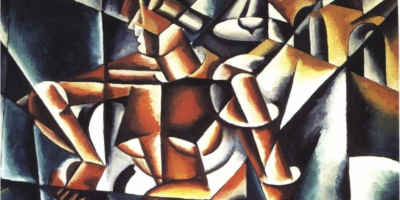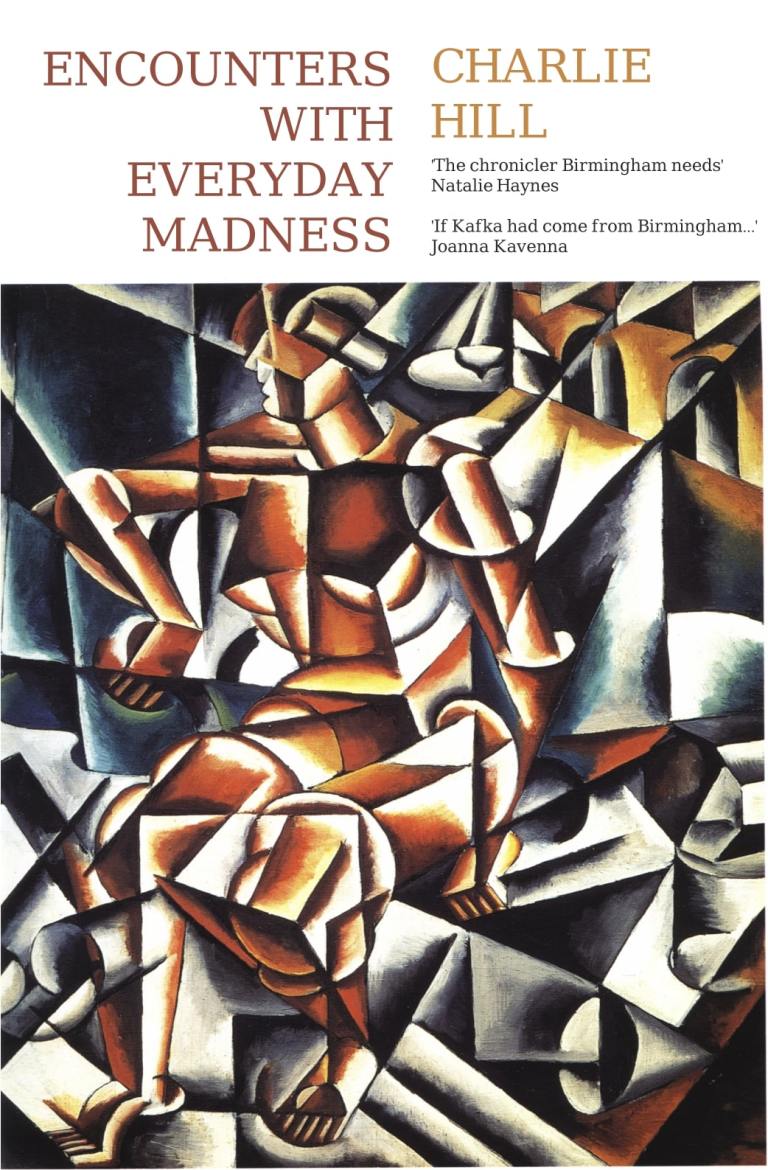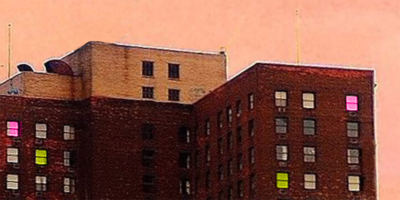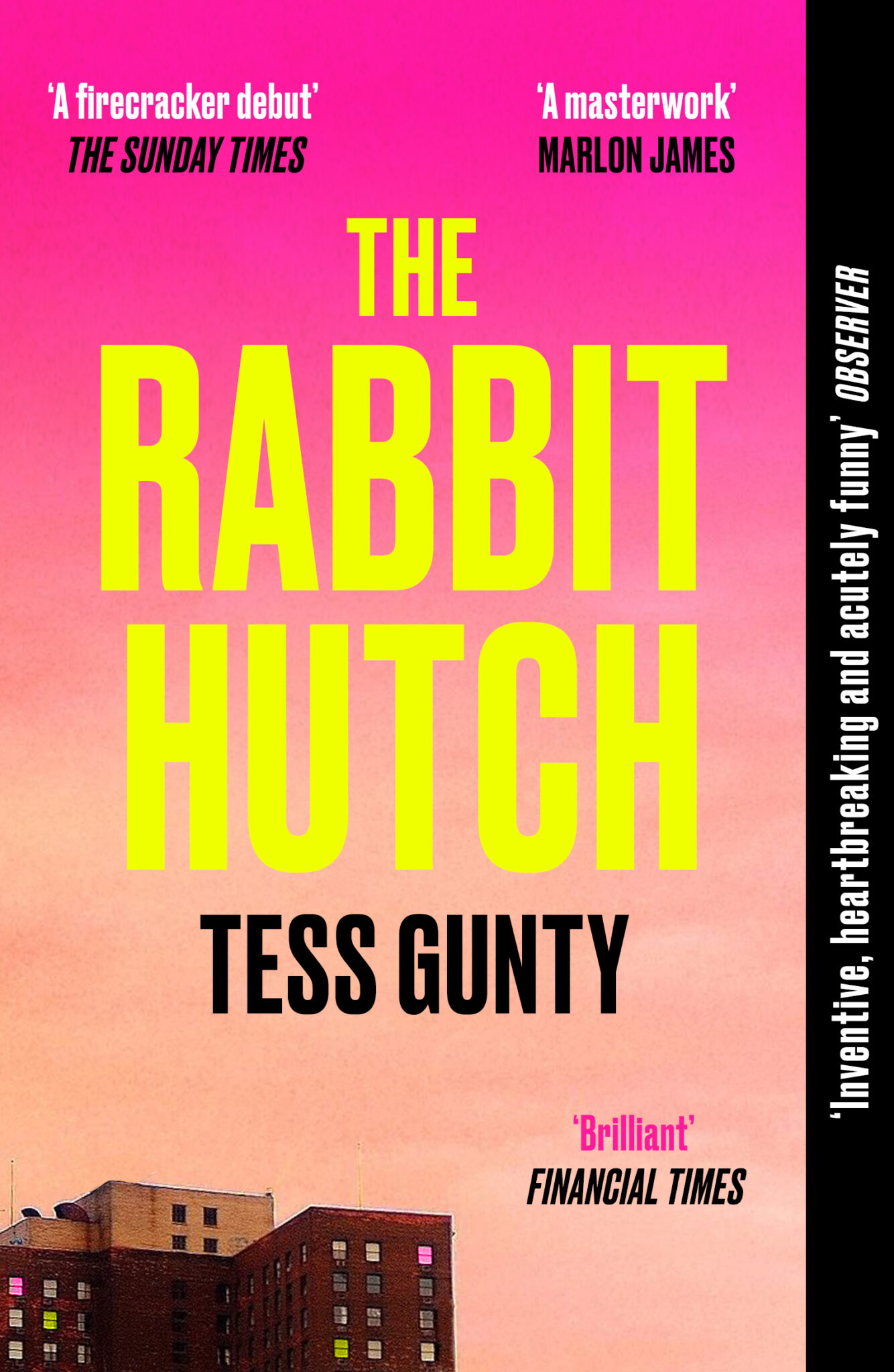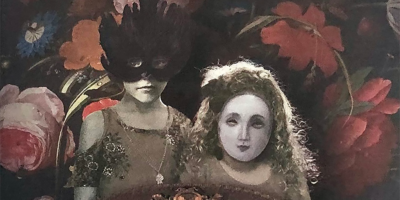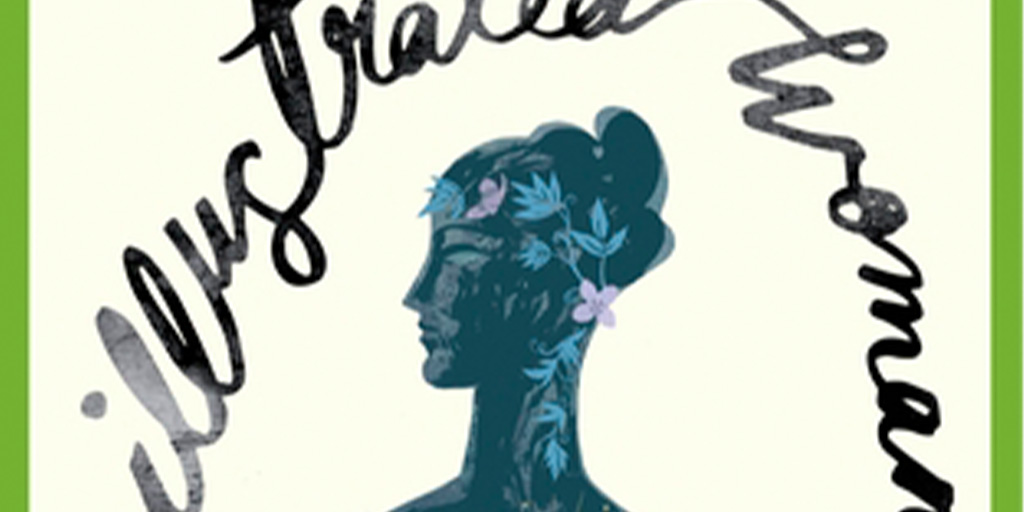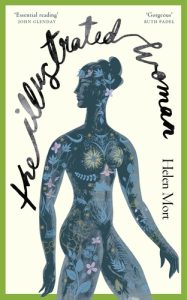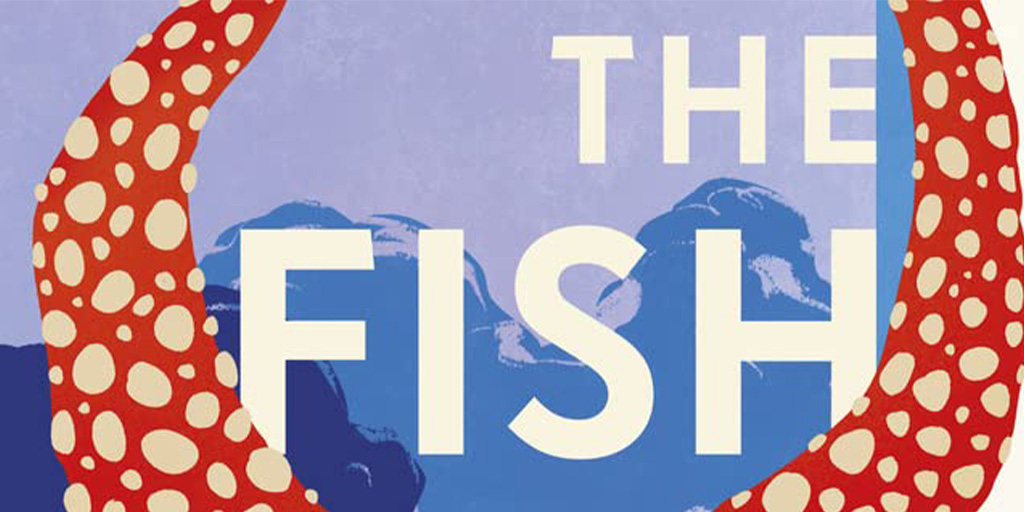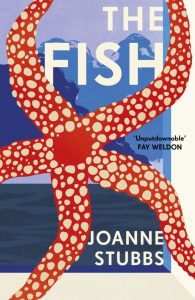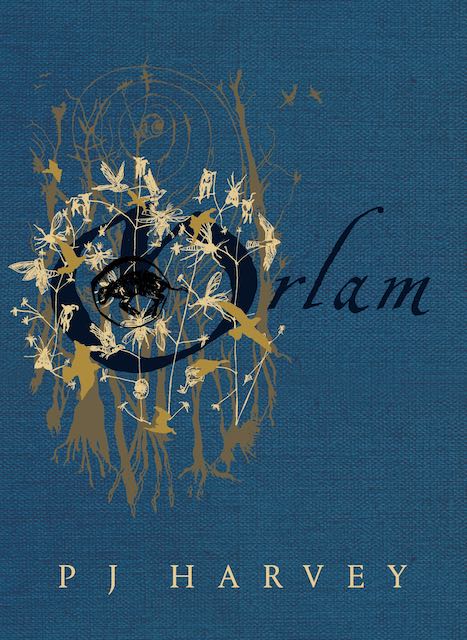The Illustrated Woman is the latest collection of poems by Helen Mort, published by Penguin. It is a study of the human form and human agency, predominantly the agency women have for their own lives and bodies, and what happens when that agency is denied them.
I’ll state up front: I love Helen Mort’s poetry. Her writing is taut, lyrical, kind, brave, intelligent, beautiful. She is a writer totally in control of the words on the page. The Illustrated Woman is Mort at her angriest, most righteous, most affronted. It also finds her at her most tender, open, positive, joyful. For example, in the opening poem, ‘Failsafe’:
Lean towards me
so September’s a tipped flame,
your body’s a struck match,
let all this catch
and take, sip lager
from the day’s unsteady glass
But for the reference to lager, this could be a lyric from Cole Porter. The sounds sit together nicely: the rhymes/half rhymes of match, catch and glass; the alliteration of lean, let, lager, flame, glass; the images clear and enjoyable. These are satisfying poems.
When she is angry, Mort’s writing has a dignity that makes her argument persuasive and vital. At her most gentle, her language is strong, muscular, and no word is wasted. Every phrase is taut, like it’s relaxing after a trip down the gym. It would be a fruitless exercise to ask a workshop to strip out the extraneous language from Mort’s poems. It’s as if, when she was a kid, she was told she couldn’t go out until she’d removed every stray adjective, errant sentence construction, dubious syntax from her work, and the message stuck with her. Or more likely, she took her poems to a workshop and they were ripped apart, and vowed not to leave herself open to that humiliation again. Her poems demonstrate not just innate ability, but hard work, the craft of the edit, the refusal to give up until every burr has been rounded off. We, the readers, benefit from this. Here’s an example, from ‘Bearings’:
Now, south is a lie
always in my wrist,
palm and fingertips.
My clavicle and heart
must pass for north.
Mort operates predominantly from within a square bounded by Chesterfield (where she grew up), Sheffield, and the Pennines to the west of both. Her poetry is unarguably northern poetry. There is a qualitative difference between writing from the North of England and elsewhere. I don’t mean better or worse, just different. These are poems set to a backdrop of former heavy industries, of transport systems on the point of collapse, of nature and the town side by side, battling it out. She takes to the hills and lakes for peace, for exercise, for perspective, for transcendence. Most of her writing has nature as a backdrop, either explicitly or at the back of her mind:
makes the woods a mystery
of dog-scent, winter mulch.
Pre-dawn, when Sharrow Vale
and Psalter Lane lie down to weep
(‘Rain in a Head torch’)
In ‘Love Poem’:
It’s bee orchids and cuckoo spit, sunk, swollen mattresses,
a girl’s reflection by the lock, the ghosts of narrow boats,
the lost dog who lives like a fox, split ear and puddled eyes,
roaming the undergrowth, finding the copse where a man
sleeps rough in his orange survival bag.
Though she is utterly her own poet, the writer she most reminds me of in her use of language is Seamus Heaney. They both strip nature and humanity to its essentials:
the diagonals of her crutches,
shell-scoops of her breasts,
the folded cloth of her back
and the jut of her new hip.
(‘Dear Body’)
The Illustrated Woman is divided into three sections: ‘skin’; ‘skinless’; ‘-skinned’. ‘skin’ is Mort’s study of her family, her body, of the open air, and the skin she wears: background, backdrop, and her body as her own personal foreground. ‘skinless’ is about motherhood, namely the journey through child-bearing and the young life of her son. ‘-skinned’ contains an assortment of poems, including the multi-part poem, ‘Deepfake: a pornographic ekphrastic’, which I’ll get to in a minute, as it needs to be discussed on its own.
Within ‘skin’ sits the mini-collection, ‘The Illustrated Woman’ (from which the book gets its name). This is an array of short poems that looks at the history, culture and art of the tattoo. In ‘Lou’, she writes:
… we have chosen to surface
what’s inside and wear it brightly.
In other words, it’s my body, and I want it to look like this. ‘Creation Myth with Rotary Machine’ is about her own experience beneath the needle:
& the streams did what skin does
as it heals
or what the wounded heart attempts
and she had to pause
to soften them.
‘Dime show’ is Mort’s multi-part poem about famous/infamous tattooed women of American burlesque, before tattoos were prevalent as a work of art or statement of empowerment. Most of the women she describes were put-upon and, in the telling of the poem, are shown as victims of a bully, (‘Nora Hildebrandt’). Others were forced to be tattooed, but then owned it, and used the ink beneath their skin as a mark of their independence, (‘Irene Woodward’). Others found refuge in places where the tattoo was a sign of belonging (‘Olive Oatman’), and it was only when they were removed from those settings that they were seen as strange or challenging.
A theme through The Illustrated Woman is the inherited traits that bind or curse, the hand-me-downs which are not always welcome, such as health issues. In ‘Precious’, she writes:
She has taken
good care of this pain so that one day I will
inherit it, slip it on at night and wear it forever,
gleaming and slim.
These are poems that I am sure were tough to write, because they are tough to read, but they speak to poetry’s ability to prepare us for what faces us.
The hardest poem to talk about purely as poetry, is ‘Deep fake, a pornographic ekphrastic’. This was Mort’s response to a vile, misogynistic, cowardly act that she handled with dignity and bravery. The poem is, among other actions, Mort’s chosen route to take back control.
II. HOW I WANT MY BLONDE GF USED
Here I’m grinning from a frame of blue, Ibizan sky.
Here is a woman with two men between her thighs.
Here I’m on holiday, freckled and sun flecked.
Here is a man with his hands around my neck.
Here I’m pregnant with my son.
Here is a body overrun.
The poem is full of lines of distilled fury: ‘This is language reduced to words.’ ‘This is me using you hard in a poem/where I decide what’s shown.’ ‘the sound of history forgetting you.’ I could quote the whole poem, and you should read it, even if you don’t read the whole collection. (But really, buy the whole collection!) ‘Deep fake…’ demonstrates the value of poetry to document the emotional devastation behind crimes to the person, and how art maybe cannot heal, as such, but it can start the process, and is vital in its capacity to call out wrong.
The Illustrated Woman is a rich collection of strong, skilful poems that demonstrate bravery and tenderness in equal measure. These are poems to be returned to again and again, with something new showing itself with every reading. I recommend it, heartily.
